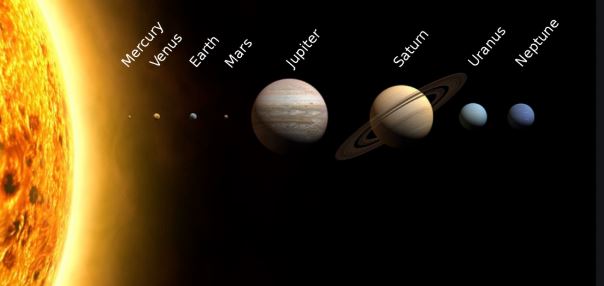Length of a Day on Each Planet | 04 Nov 2019
Why in News
- Recently, the research was undertaken to calculate the accurate length of a day on Venus and Saturn which has been changing since 1963.
- Venus:
- The recent observation of the Magellan spacecraft’s observations (1991) concluded that the rotation period for Venus has an uncertainty of about 9 seconds.
- Saturn:
- The recent, the Cassini spacecraft showed that there is an uncertainty of 6 minutes with a rotation period of Saturn.
- Venus:
The Solar System
- The Solar System consists of the Sun and eight planets.
- It also consists of bodies such as comets, asteroids, and meteors.
Planets vs Dwarf Planets
- The definition of a planet was adopted by the International Astronomical Union in 2006. A planet must:
- Orbit a star (in our system, it is the Sun).
- Be big enough to have enough gravity to force it into a spherical shape.
- Be big enough that its gravity cleared away any other objects of a similar size near its orbit around the Sun.
- On the other hand, dwarf planet is a celestial body orbiting a star that is massive enough to be rounded by its own gravity but has no clear orbit (Gravitationally not dominant in its orbit).
| Planets | Facts |
| Mercury |
|
| Venus |
|
| Earth |
|
| Mars |
|
| Jupiter |
|
| Saturn |
|
| Uranus |
|
| Neptune |
|

